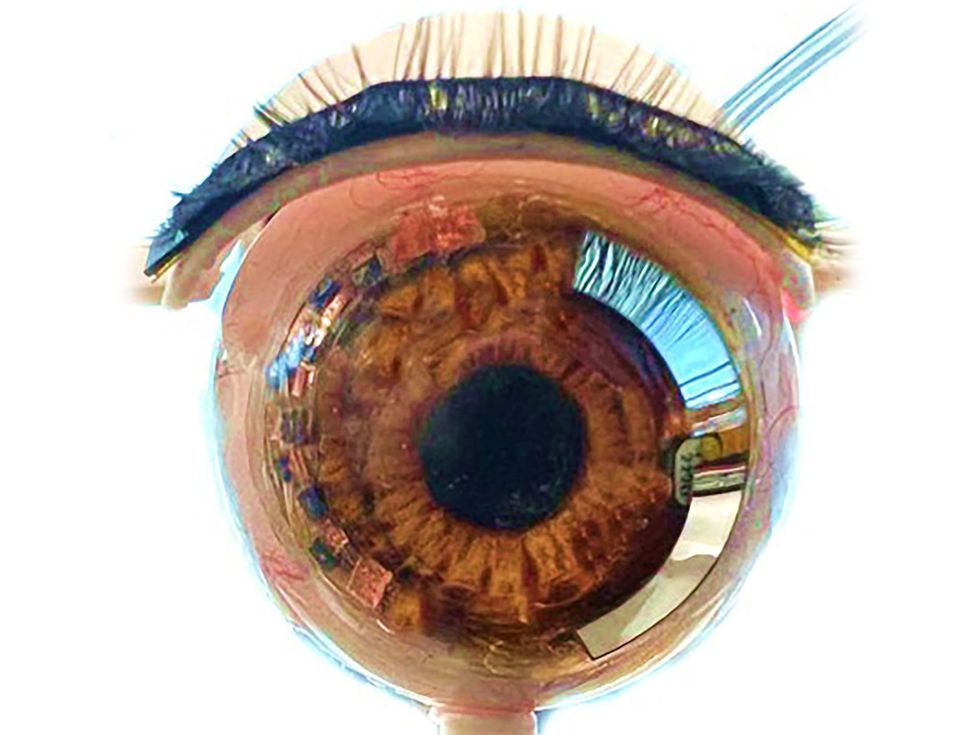The article provides one of the most thorough reports I have yet seen on the bombing and its causes. There is hardly a single misplayed note in the piece. However, it does omit one large problem contributing to the issue: poor reporting on nanotechnology, mainly in the mainstream press.
If you want to sell papers—or get page hits—it’s often better to focus on scaring people rather than merely chronicling achievements. With this understanding, there is hardly any mainstream news article published on the subject of nanotechnology today that isn’t compelled to mention “nanotechnology’s downside” as though this effort will somehow bring balance to an article on researchers developing nanoparticles for drug delivery.
As a result, I see a number of articles that purport to explain nanotechnology either put forward the scare screed on how nanotechnology is somehow poised to threaten our personal privacy or how the world will be overrun by nanobots as in the scenario put forward by Eric Drexler and since dismissed by him.
Talk of nanobots and the “grey goo” that Drexler conjectured would result if they went unchecked brings us back again to the terrorists responsible for the Mexico bombing. Grey goo is at best an extrapolation by a gifted scientist who has since utterly dismissed it as a realistic scenario. But the idea lingers on and it seems to have taken hold in the terrorist group responsible for the Mexico bombings, Individuals Tending Toward the Savage (ITS), and another group of eco-activists who call themselves Action Group on Erosion, Technology and Concentration (ETC, pronounced et cetera). While ETC thinks itself enlightened since it doesn’t blow up innocent people, it harbors the same misperception as ITS about grey goo being an environmental threat.
Ultimately, ITS and ETC are responsible for their own ill-conceived notions and the acts that they carry out because of them. But everyone along the way is responsible too. The Nature article takes scientists to task for their contribution to the confusion that exists. But to the extent scientists are responsible for this confusion, the responsibility mainly resides at the point where they attempt to explain their work to reporters. I have chronicled these crossed wires between journalists and experts before and it’s never a pretty picture.
On Andrew Maynard’s 20/20 Science blog, Maynard has described some of his own unfortunate exchanges with journalists and went so far as to post a primer on how scientists and journalists should try to speak to one another. That seems to me a step in the right direction.
There is a lot of information out there and journalists have been given the responsibility of imparting much of it. If they get it wrong, they can contribute to people believing they have some kind of justification for sending pipe bombs to people. If they get it right, then we move a little closer to removing the kind of ignorance that would inspire someone to kill the innocent.
Dexter Johnson is a contributing editor at IEEE Spectrum, with a focus on nanotechnology.




